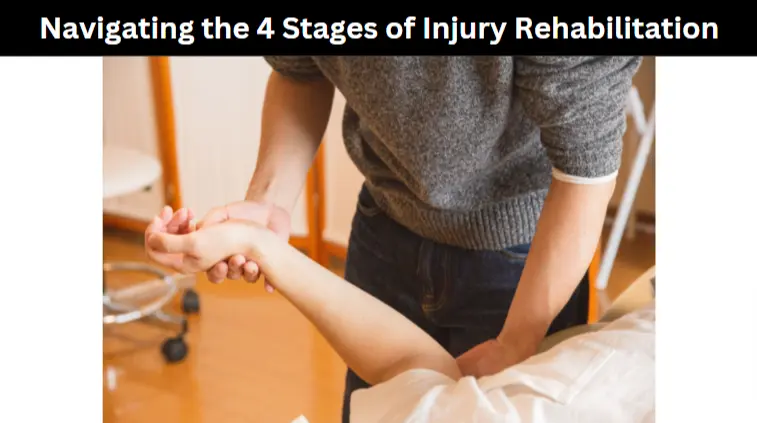Injury rehabilitation is an essential component in the recovery process for anyone suffering from a traumatic injury, such as a broken bone, sprained ligament or a traumatic brain injury (TBI). The goal is to help individuals regain their physical, cognitive and emotional capabilities and return to their pre-injury state or as close to it as possible.
The injury rehabilitation process requires a multidisciplinary approach and typically follows different stages that serve a specific purpose. Let’s explore these important stages and discuss their objectives as well as the various therapies and treatments associated with them.
Stage 1: Recuperation and Rest
The primary goal of recuperation and rest is to allow the injured body part to heal and prevent further aggravation of the injury. During this stage, you’re advised to avoid activities that may put additional strain on your injury and to get as much rest as possible. It can last anywhere from a few days to several weeks, depending on the severity of your injury.
Stage 2: Physical Therapy
Physical therapy focuses on improving the range of motion, strength and flexibility in the injured body part. The process may involve exercises and stretches to help regain muscle control and reduce inflammation. Physical therapy may also involve using specialised equipment, such as braces or crutches, to support your injured body part and reduce the risk of further injury.
Stage 3: Rehabilitation Training
Rehabilitation training focuses on regular, functional activities like walking, running and going up and down the stairs. The end goal is for you to regain your independence and ultimately improve your quality of life. This stage may also involve training in other daily living activities, such as grooming and bathing, to help individuals regain their ability to care for themselves.
Stage 4: Reintegration Into Society
With rehabilitation training done, now comes the part where the individual returns to their pre-injury state, both physically and emotionally. Reintegration may involve returning to work or school, participating in leisure activities and restoring relationships with friends and family. It also requires ongoing support from family, friends and healthcare providers to ensure a smooth transition back into daily life.
In addition to physical therapy, injury rehabilitation may also include occupational therapy, speech therapy and psychiatric care.
- Occupational therapy focuses on helping individuals regain their ability to perform daily tasks, such as cooking and cleaning
- Speech therapy helps individuals recover their speech and communication skills.
- Psychiatric care is essential for individuals who may have suffered from a traumatic injury as it addresses any emotional and psychological consequences of the injury.
Conclusion
Injury rehabilitation is a comprehensive and multidisciplinary process that involves a staged approach to restore an individual’s physical, psychological and social functioning following an injury. The process aims to minimise or slow down the disabling effects of an injury and ultimately equips the individual with self-management strategies and assistive products while addressing pain or other complications to contribute to healthy aging.
Have you ever had to go through injury rehabilitation? Share your experience in the comments!
